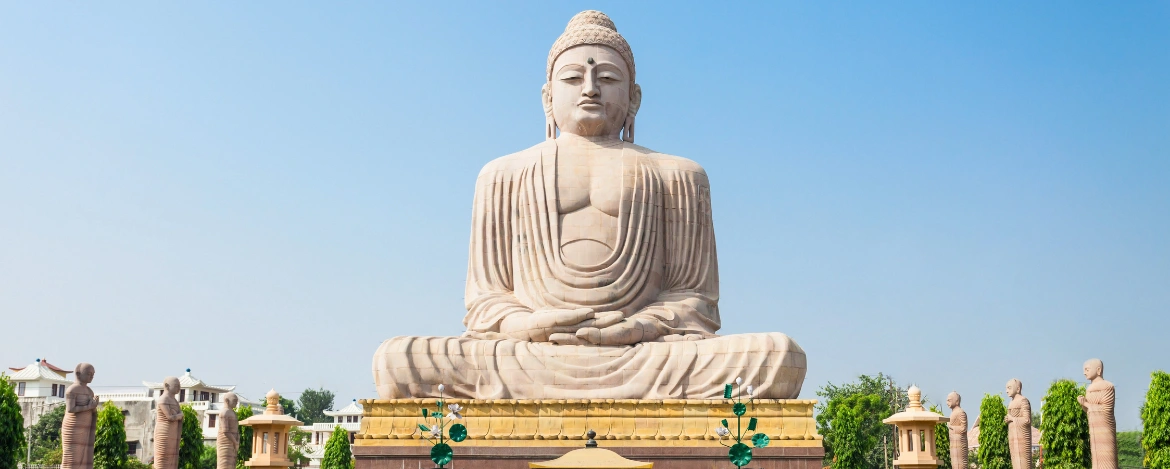About Lumbini
The Sacred Birthplace of the Buddha
Lumbini, nestled in Nepal’s Rupandehi District, is one of the most revered pilgrimage sites in the world and a cornerstone of Buddhist heritage. Recognized as the birthplace of Siddhartha Gautama, who later became the Buddha, Lumbini is considered the cradle of Buddhism and a symbol of peace, enlightenment, and spiritual awakening. It has been designated a UNESCO World Heritage Site.
At the heart of Lumbini lies the Maya Devi Temple, marking the exact spot where Queen Maya Devi gave birth to Siddhartha in 623 BCE. Surrounded by sacred gardens and a tranquil pond, the temple offers a deeply meditative and serene atmosphere, inviting pilgrims and seekers to reflect and connect with the Buddha’s origins. The temple, dedicated to the Buddha’s mother, stands as a powerful symbol of birth, compassion, and divine presence.
Adjacent to the temple is the Sacred Garden, a spiritual oasis home to numerous ancient relics and monuments. Among them stands the iconic Ashokan Pillar, erected in the 3rd century BCE by the Indian Emperor Ashoka. The pillar bears a historic inscription that unequivocally confirms Lumbini as the birthplace of the Buddha, lending scholarly and archaeological authenticity to the site.
Visiting Lumbini is more than a journey—it is a pilgrimage of the soul, drawing millions who come to pay homage, meditate, and immerse themselves in the teachings of the Buddha. The site's calm environment offers a unique space for reflection, spiritual learning, and inner peace.
